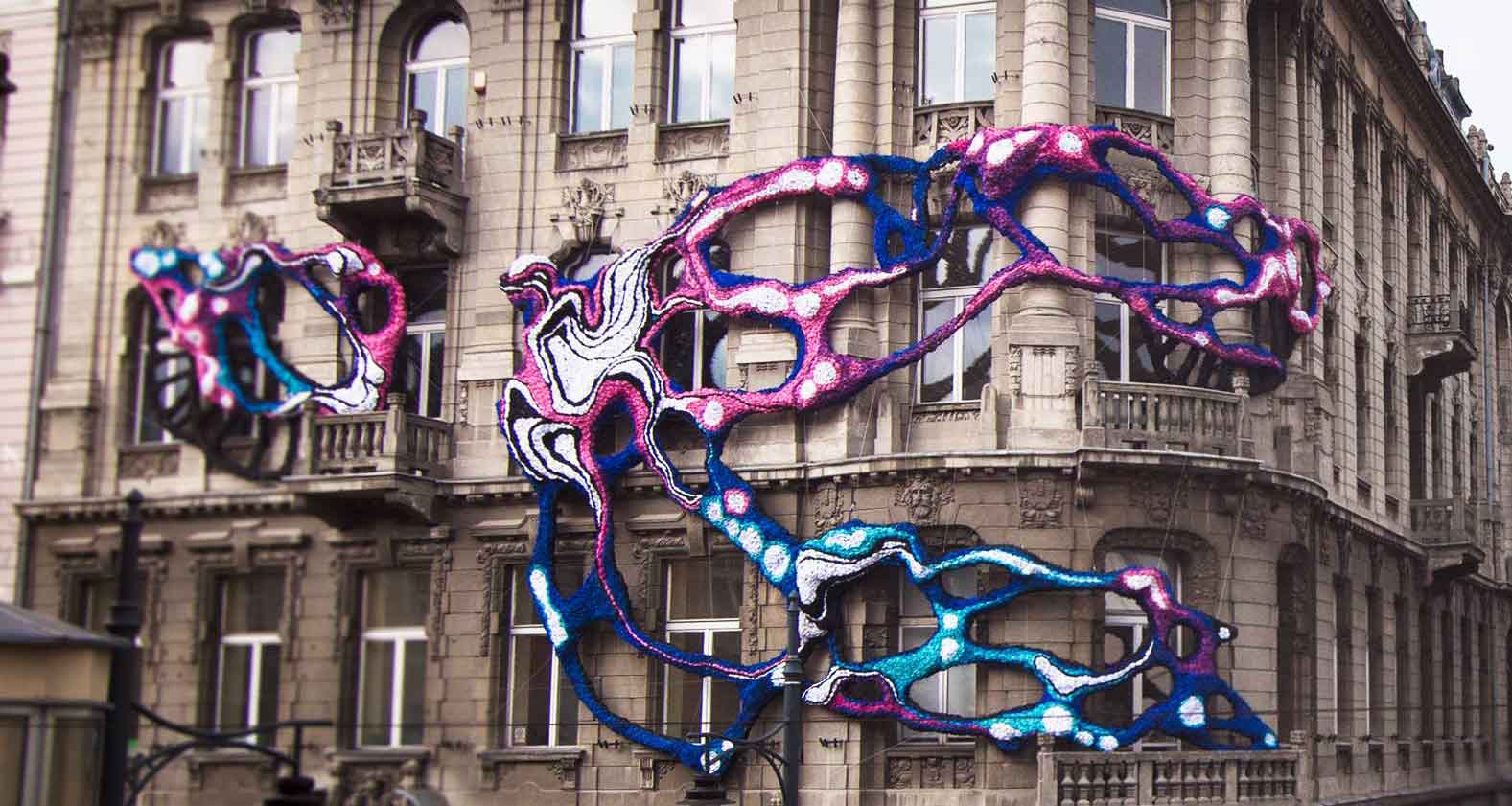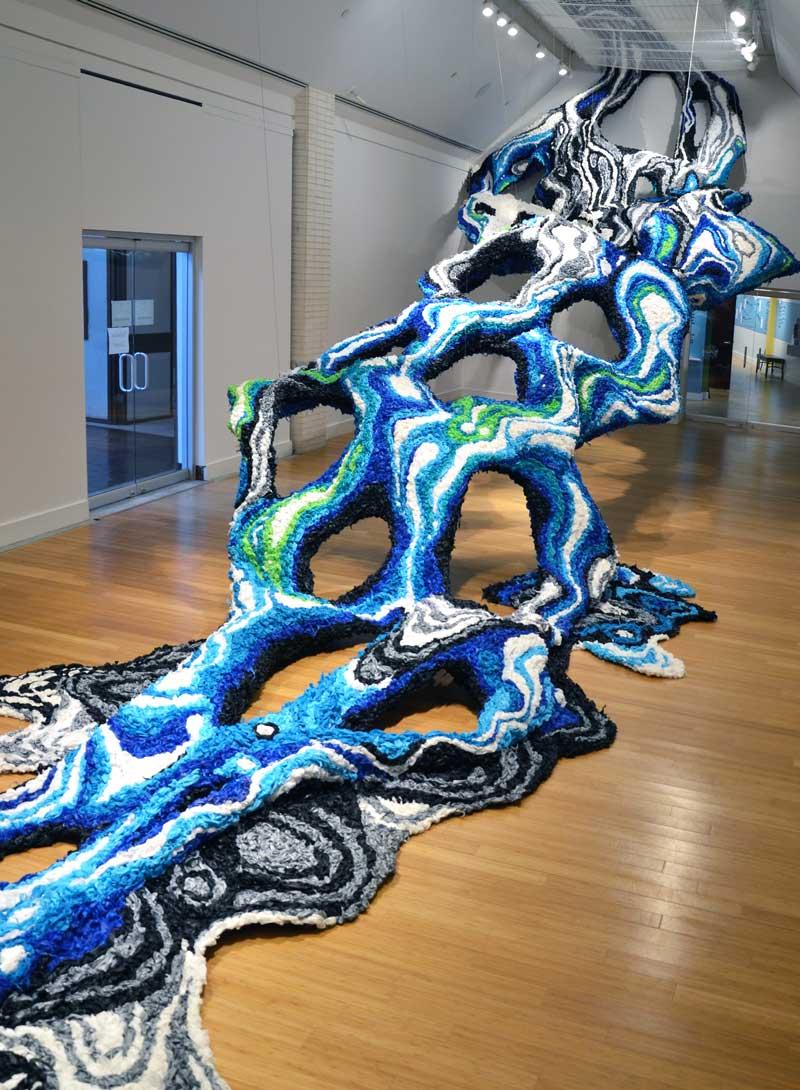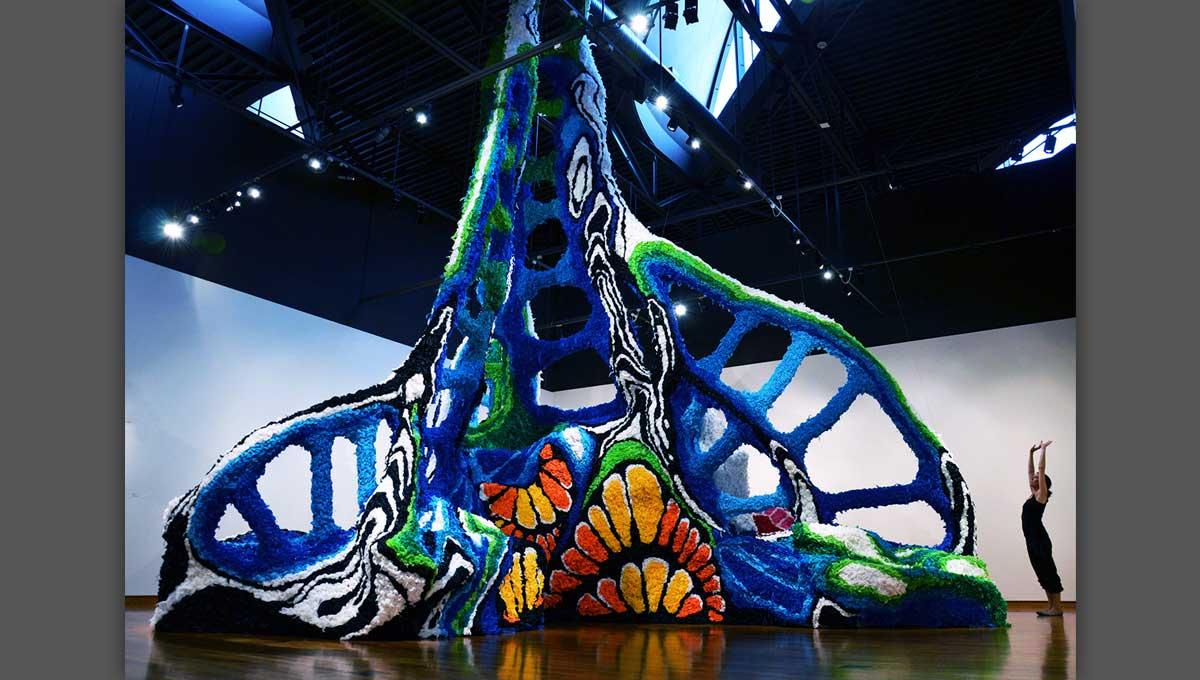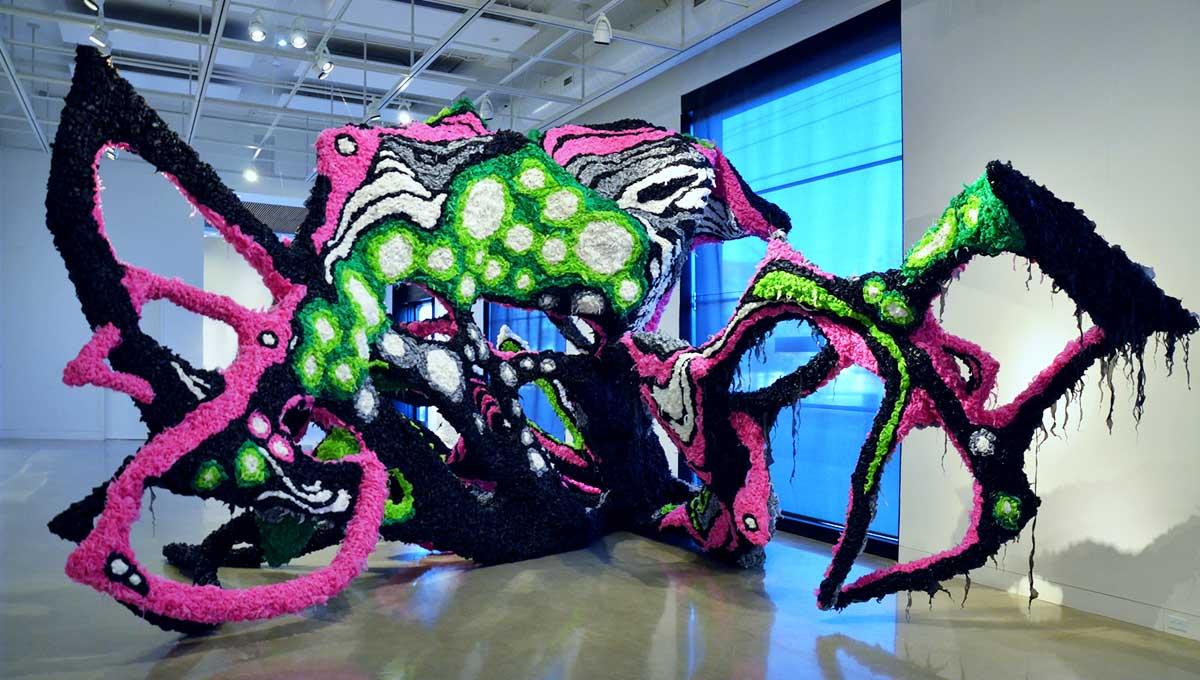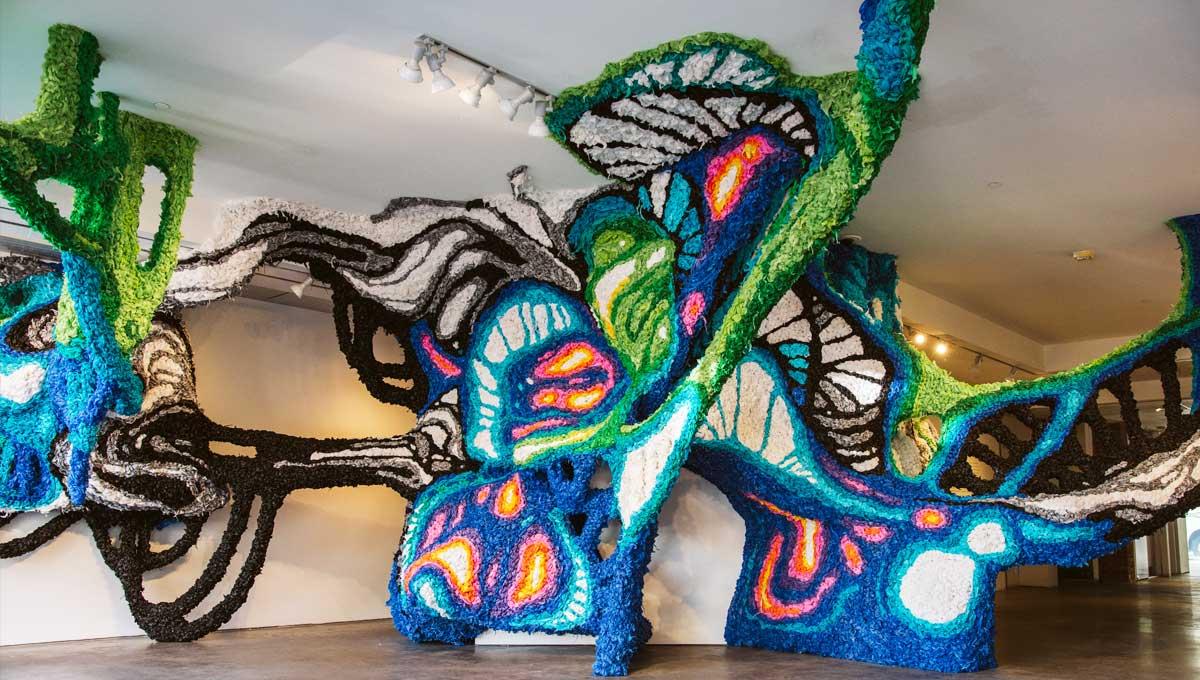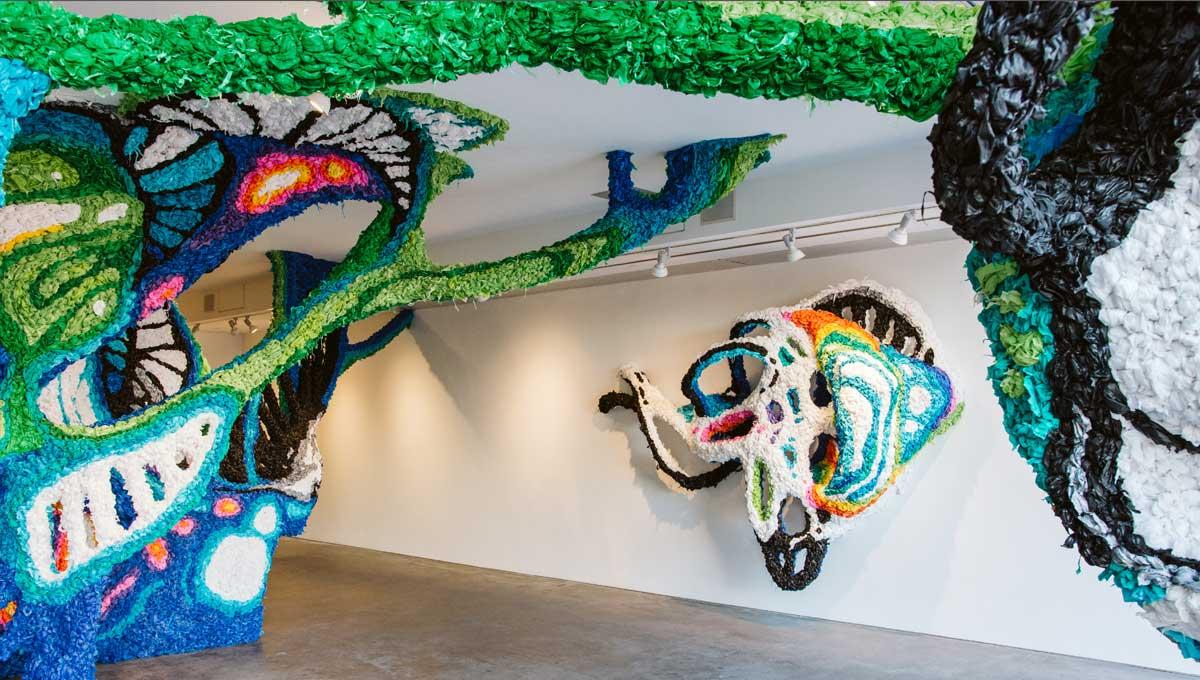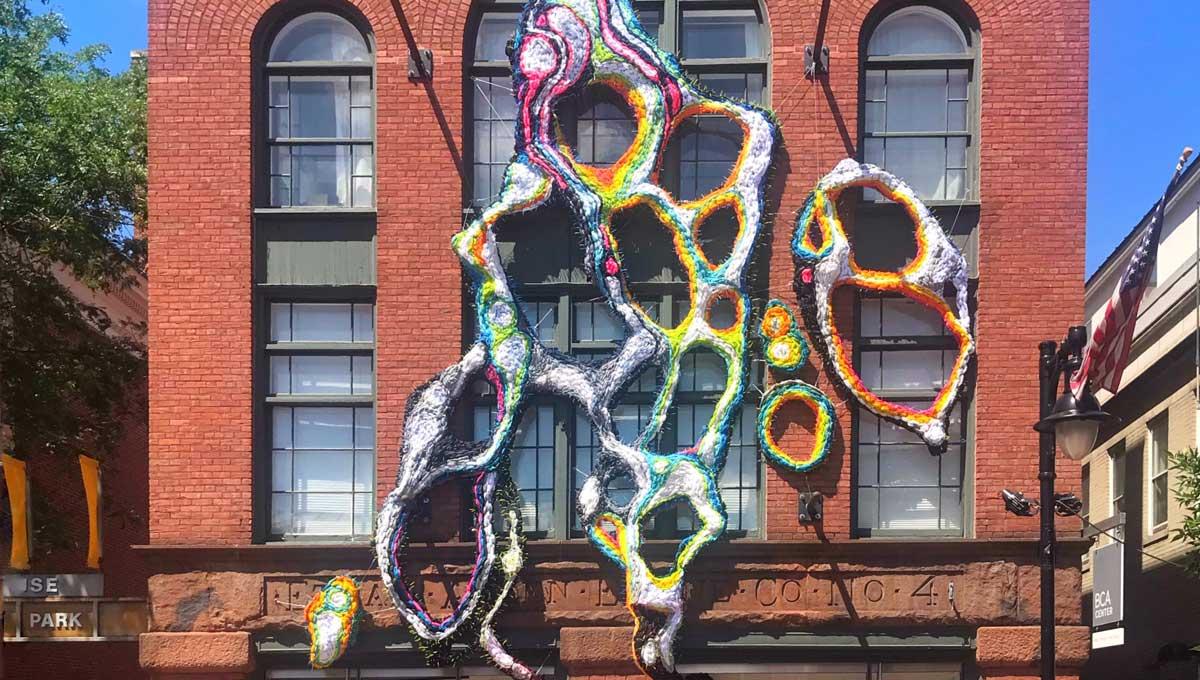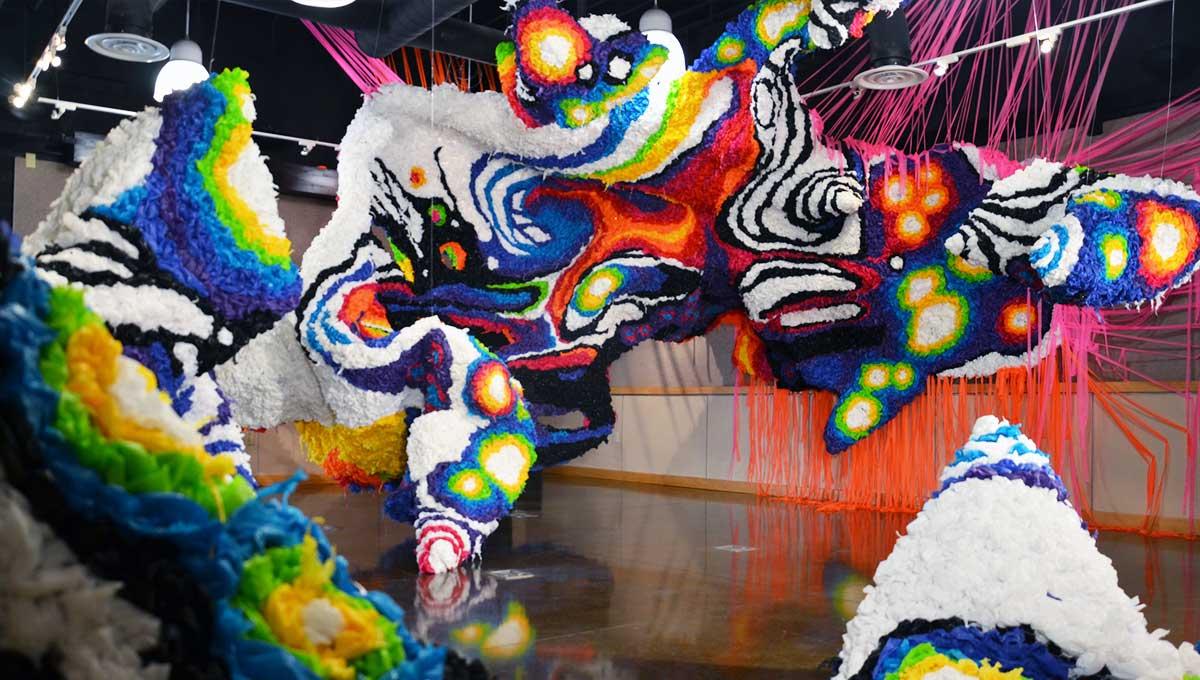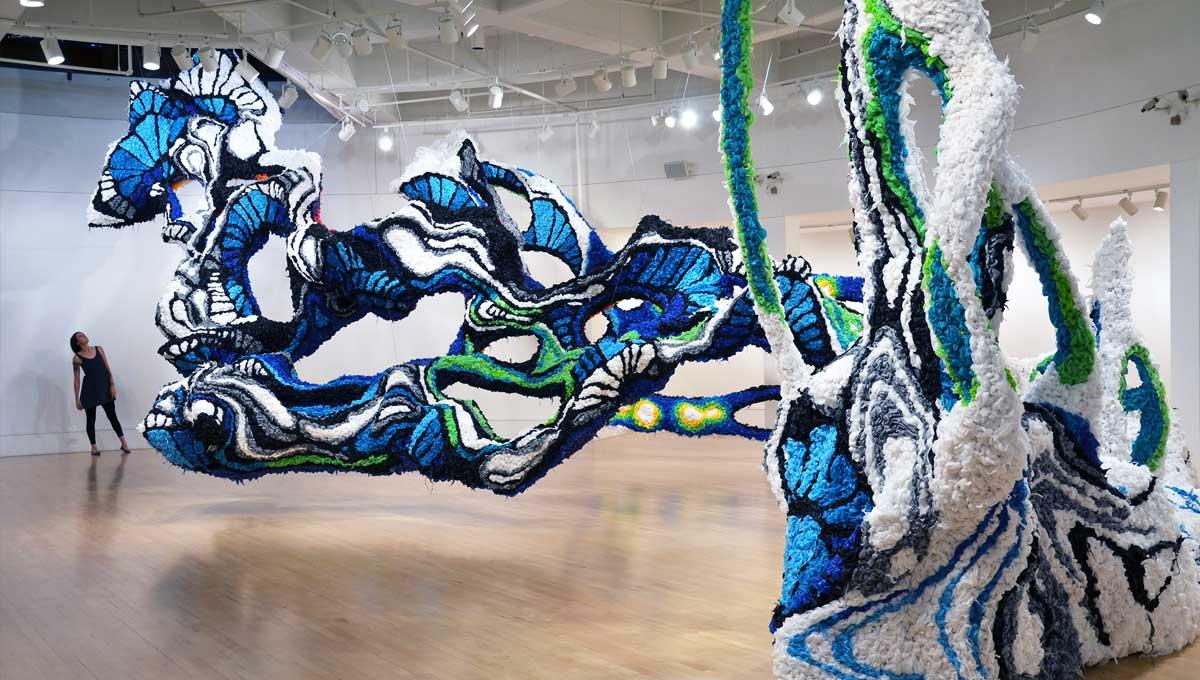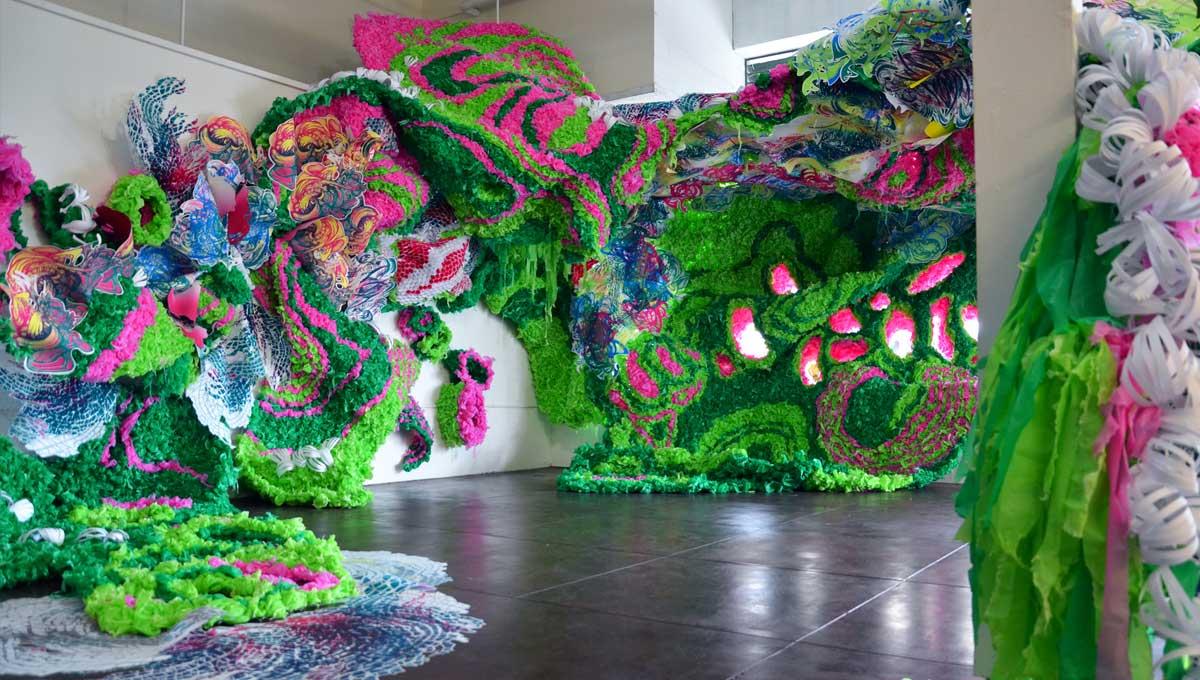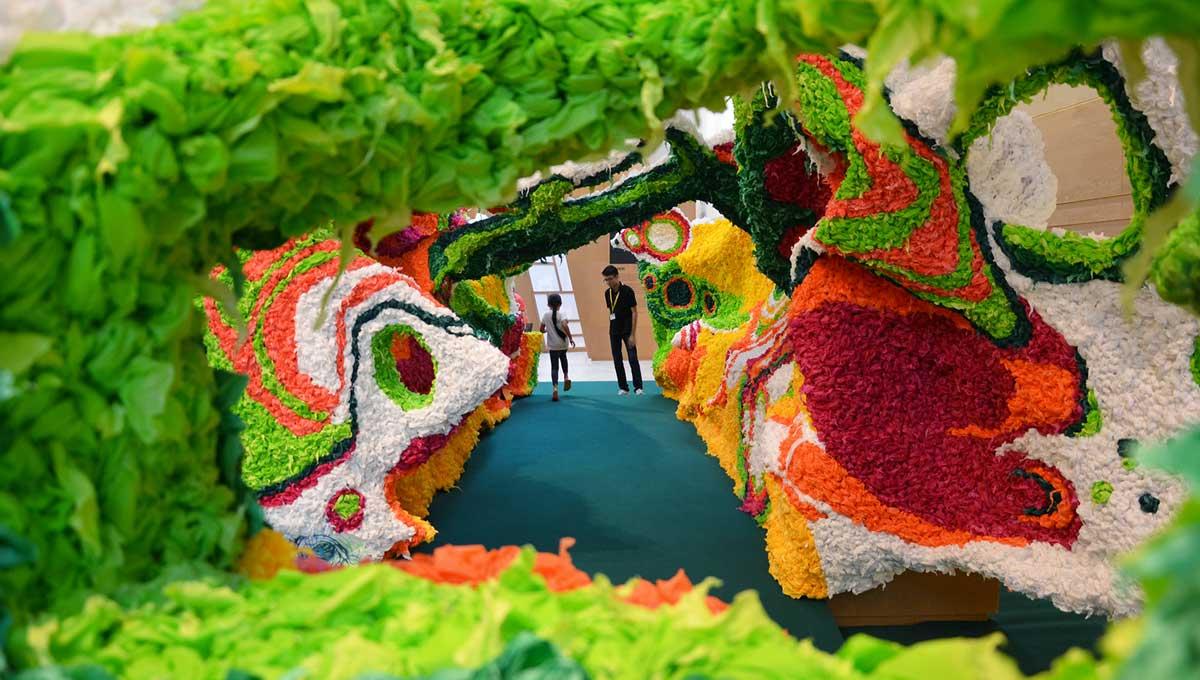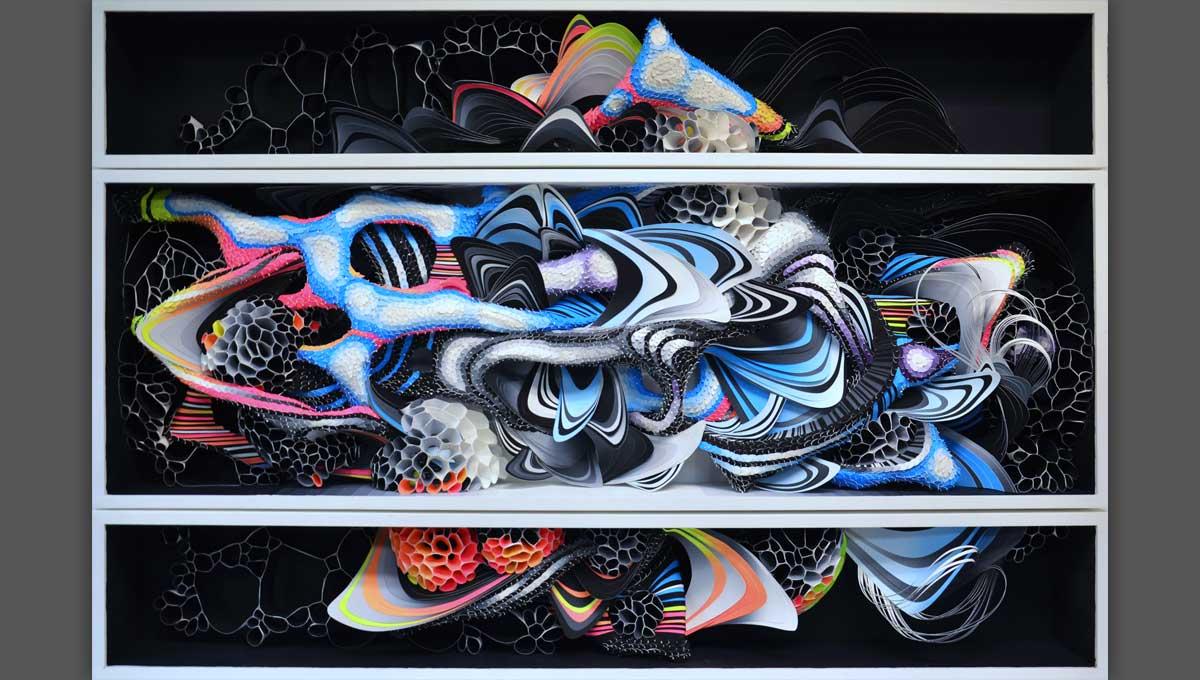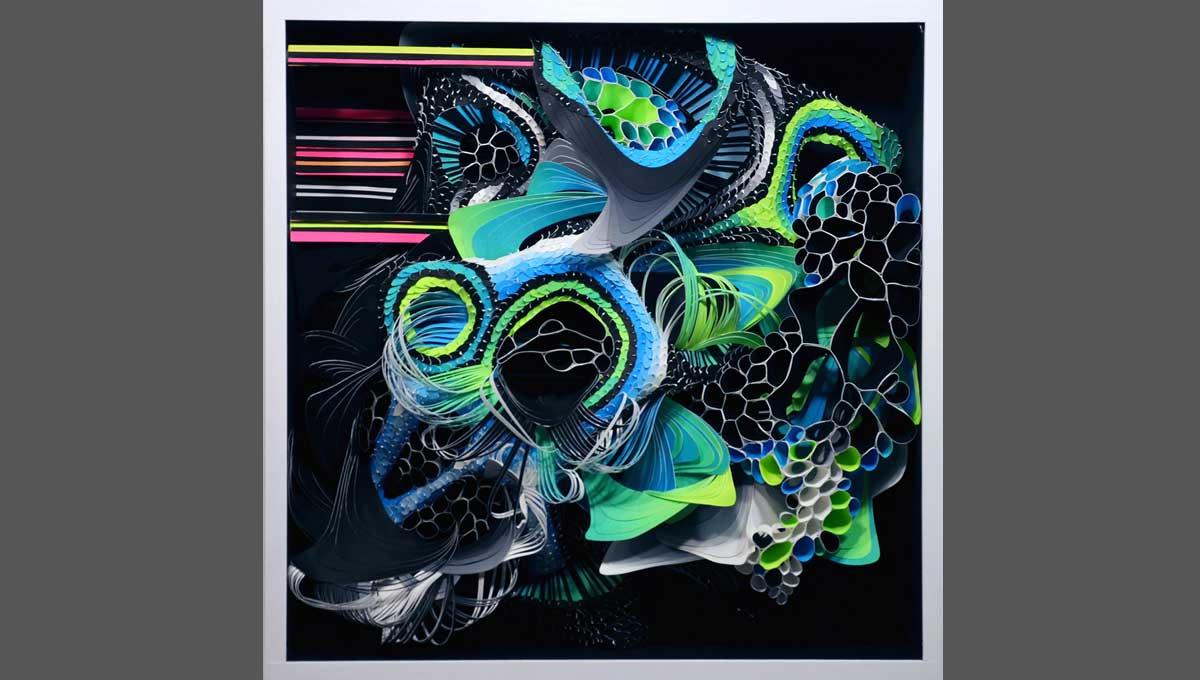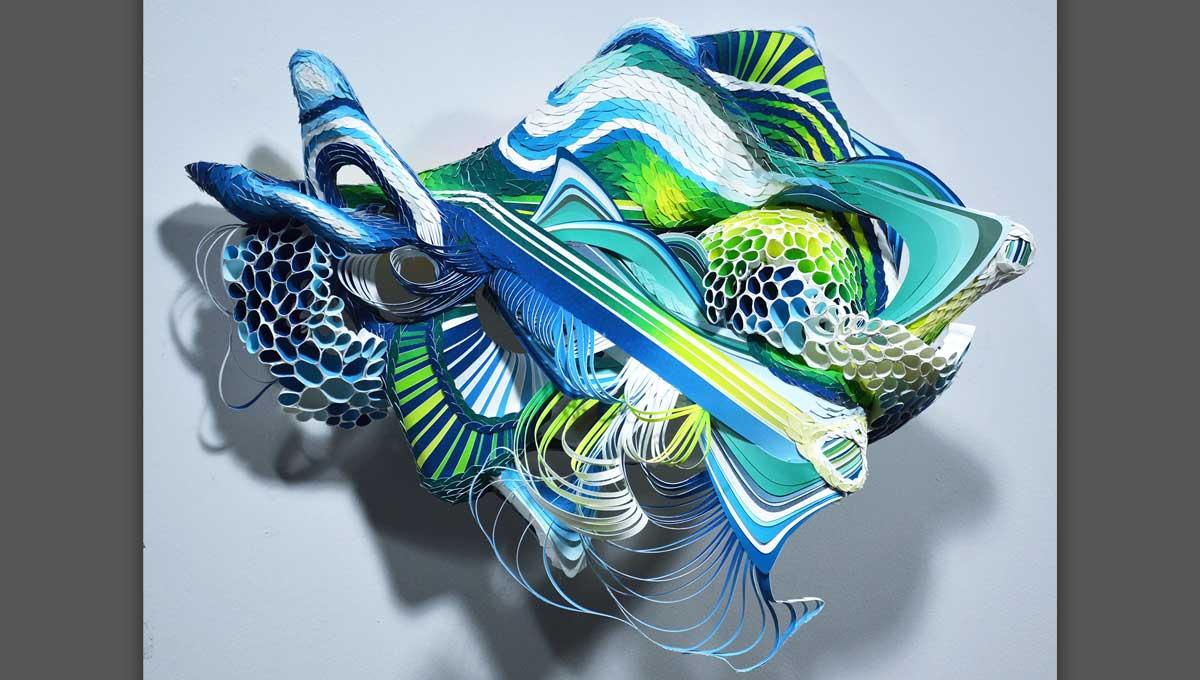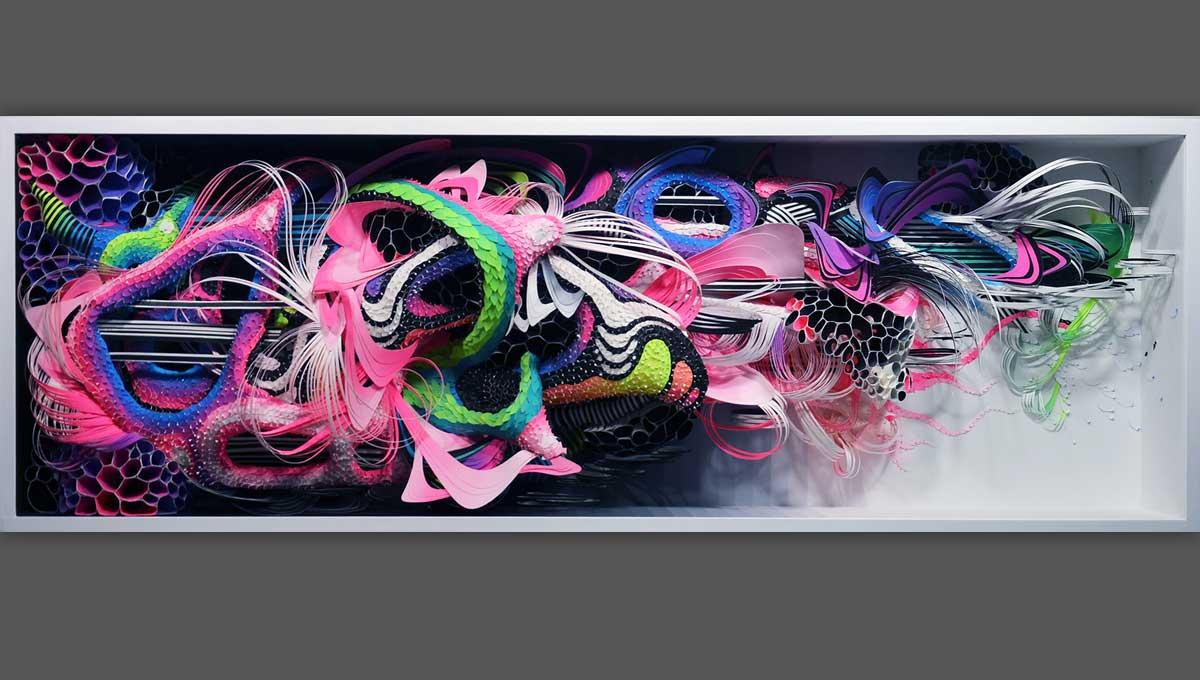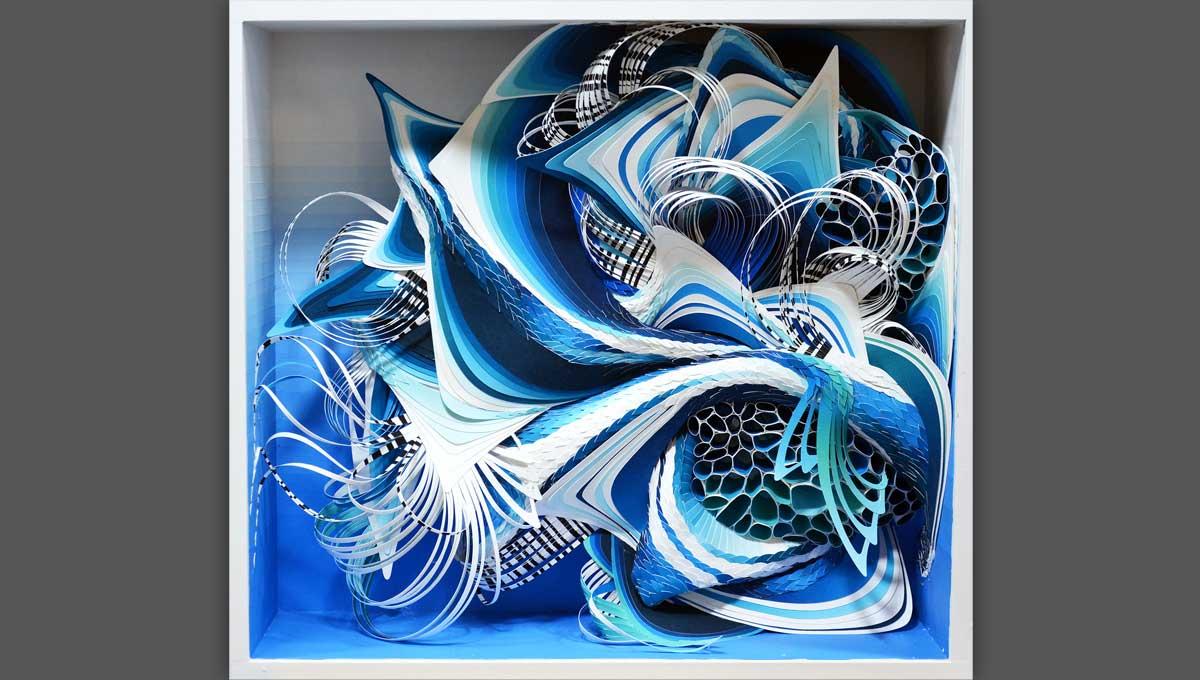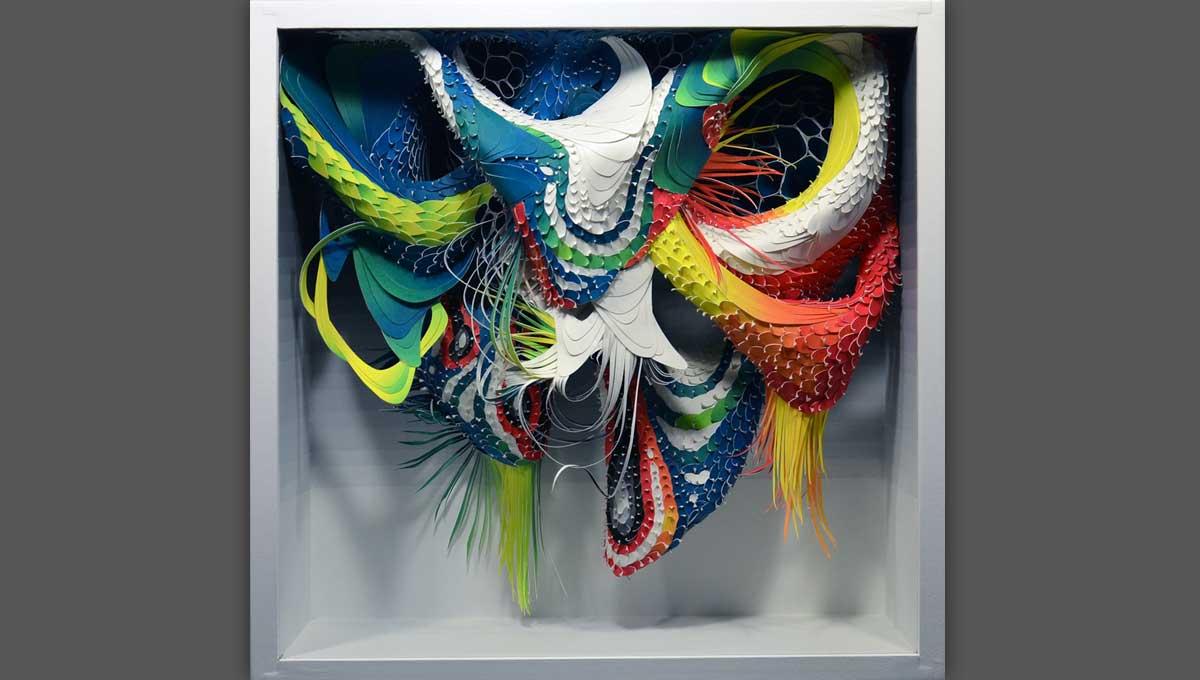“Curiosity is a tool!” emphatically states multi-disciplinary artist Crystal Wagner, whose sprawling installations can be seen bursting the confines of gallery walls and clinging to the outside of buildings from Lodz, Poland to bucolic Burlington, Vermont. Wagner has harnessed that tool since kindergarten when her artwork featuring fantastical birds won an award. Encouraged by supportive parents, she understood art to be a distinct and important discipline long past the age when youthful exuberance and individuality is crushed by demands to conform and “go along” with the crowd.
While her childhood artistic gifts were evident, Wagner admits that, “I needed art school, I needed data.” In the course of seeking that “data” she earned a BFA from the Atlanta College of Art in 2004 and received her MFA from the University of Tennessee in 2008. As she acquired her skills she also knew, “None of these people can tell me how to make the work. You can’t teach people to be generators.” Wagner managed to get the best out of her academic experience without giving up the authority to do her own work. She let her curiosity propel her beyond what any of her professors taught.
After her own brief stint teaching art for five years at the college level she left academia to focus exclusively on her studio practice. This decision has reaped many rewards, evident in sold out exhibitions of the 3-dimensional terrarium-like boxes she creates. Wagner fills these boxes with her own spectacularly colored screen prints, which she hand-cuts into many shapes and strips with an exacto knife. Using these cut elements as raw material she intricately weaves them, creating suspended forms that seem to be held in place by their own internal forces.
The Spectrum series of boxes (2014), most measuring 25" x 5" x 19" have an alluring magical quality about them. They appear like rare specimens, once thought extinct but found alive. These works begin in two dimensions. Wagner finds the time to “do ink drawing every day. I have a command of my language in that medium. I’ve worked with the line and the curve all my life.” That contrast between curve and line is magnified when the flowing curves and swirling color fields of sculpted paper are restrained by the rigid edge of the boxes. Although they are abstract, Wagner explains, “These paper sculptures are resolved when I feel they could have existed in the real world.”




